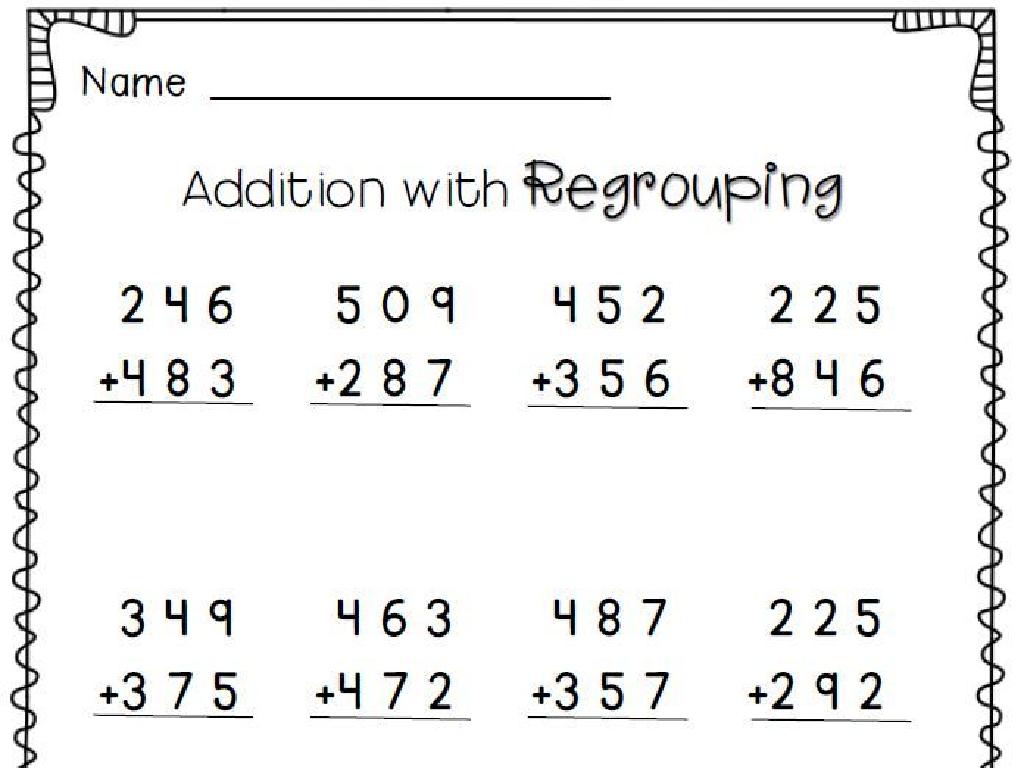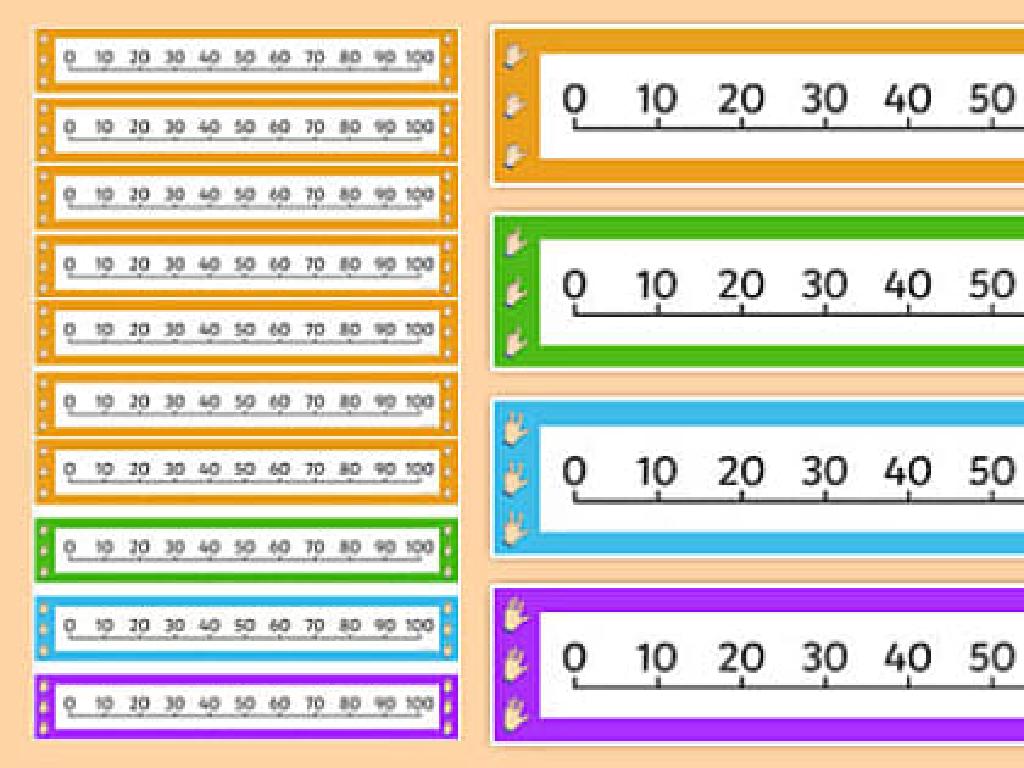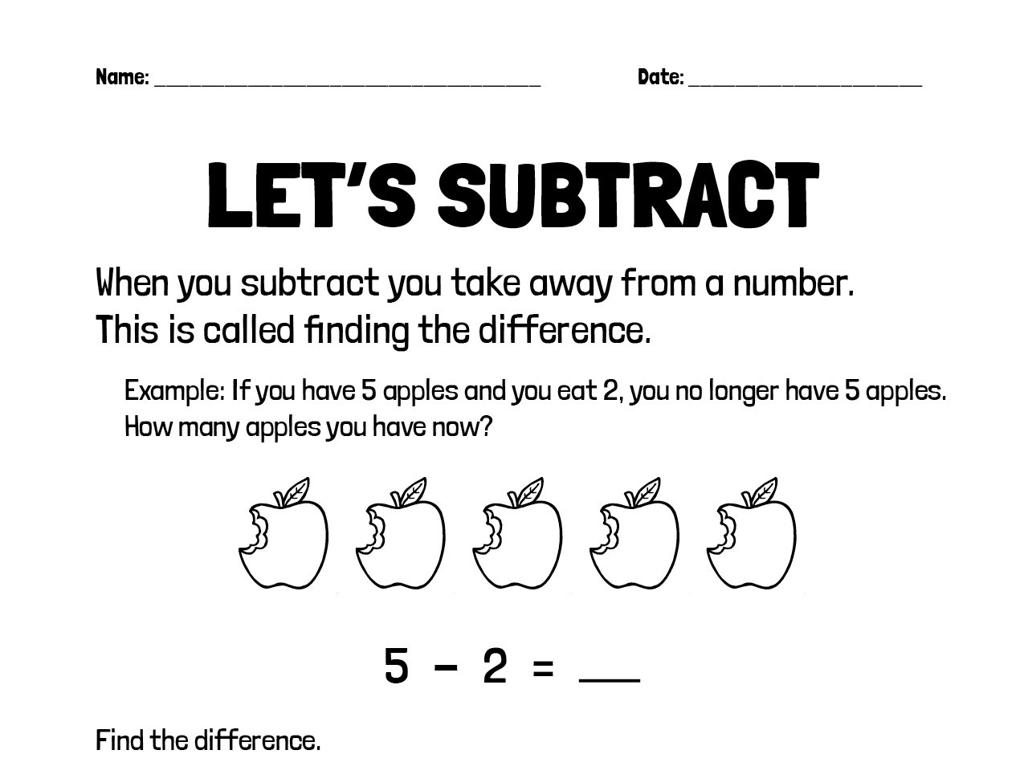Genetics Vocabulary: Dominant And Recessive
Subject: Science
Grade: Seventh grade
Topic: Genes To Traits
Please LOG IN to download the presentation. Access is available to registered users only.
View More Content
Introduction to Genetics: Dominant vs. Recessive
– Explore what Genetics is
– Genetics is the study of heredity and variation in organisms.
– Learn about inheritance
– Inheritance is how traits are passed from parents to offspring.
– Dominant vs. Recessive traits
– Dominant traits overpower recessive ones and are more likely to be expressed.
– Preview of trait inheritance
– We’ll see how dominant and recessive traits affect generations.
|
This slide introduces the fundamental concepts of genetics, focusing on how traits are passed down through generations. Genetics is a branch of biology concerned with the study of genes, genetic variation, and heredity in living organisms. Understanding inheritance is key to grasping how certain traits are passed from parents to their children. Dominant traits are those that appear even if an organism only has one copy of the gene, while recessive traits require two copies to be expressed. This slide sets the stage for a deeper dive into how dominant and recessive traits work and how they can be predicted using tools like Punnett squares. Encourage students to think of examples of dominant and recessive traits they may have observed in their families or in pets.
Genetics Vocabulary: Genes
– Genes: Units of heredity
– Small segments of DNA that determine traits
– Genes as life’s blueprint
– Genes instruct physical & behavioral characteristics
– Chromosomal gene location
– Genes reside on chromosomes, paired in the nucleus
– Dominant vs. recessive genes
– Dominant genes overshadow recessive ones in traits
|
This slide introduces the concept of genes within the broader topic of genetics. Genes are the fundamental units of heredity, made up of DNA, and are responsible for the inherited traits that organisms possess. They act as the blueprint for life, providing the instructions necessary for the development and functioning of living organisms. Genes are located on chromosomes, which are found in the cell nucleus, and each gene occupies a specific place on a chromosome. Understanding the difference between dominant and recessive genes is crucial, as it explains how certain traits are expressed in offspring. Dominant genes will mask the presence of recessive genes, leading to the dominant trait being expressed. This foundational knowledge sets the stage for exploring how traits are passed from parents to offspring and the role of genetics in diversity of life.
Dominant vs Recessive Traits
– Define dominant and recessive traits
– Dominant traits overpower recessive ones and are more likely to be expressed.
– Examples of each trait type
– Dominant: brown eyes, Recessive: blue eyes
– Inheritance of traits
– Traits are passed from parents to offspring through genes.
– Predicting trait inheritance
– Use Punnett squares to predict the probability of inheriting traits.
|
This slide introduces the fundamental concepts of dominant and recessive traits in genetics. Dominant traits are those that are expressed even if only one parent passes on the gene for that trait. Recessive traits require both parents to pass on the gene to be expressed. Provide clear examples of each, such as brown eyes being dominant over blue eyes. Explain how these traits are inherited using simple genetic models like Punnett squares, which allow prediction of the likelihood of an offspring inheriting certain traits. Encourage students to think of traits in their family and which might be dominant or recessive. This will help them understand the practical implications of these genetic principles.
Understanding Alleles: Key Genetics Concepts
– Alleles: Variants of a gene
– Like different flavors of the same ice cream
– Dominant vs Recessive Alleles
– Dominant: Traits that show if present; Recessive: Traits that show only if no dominant allele
– Homozygous: Same allele types
– Homozygous: Two identical alleles for a trait, e.g., AA or aa
– Heterozygous: Different alleles
– Heterozygous: Two different alleles, e.g., Aa; displays dominant trait
|
This slide introduces students to the concept of alleles, which are different forms of the same gene, much like various flavors of the same type of ice cream. Students will learn the difference between dominant and recessive alleles, understanding that dominant alleles will express the trait if present, while recessive alleles only express the trait if no dominant allele is present. The terms homozygous and heterozygous are explained to describe whether an organism has two identical alleles for a trait or two different alleles. Use examples like eye color, where brown is dominant (B) and blue is recessive (b), to illustrate these concepts. Encourage students to think of other traits they know and what alleles might be involved.
Punnett Squares: Predicting Traits
– What is a Punnett Square?
– A tool to predict genetic variation
– Predict offspring traits
– Determine likely traits of offspring
– Practice: Flower color genetics
– Example: Predicting flower petal colors
– Understanding dominant & recessive
– Dominant genes mask recessive ones
|
Introduce the concept of Punnett Squares as a graphical way to predict the possible genetic variations in offspring. Explain how it helps in determining the probability of an offspring inheriting particular traits from its parents. Use the example of flower color to illustrate how dominant and recessive genes work, with a practice problem to solidify understanding. Emphasize that dominant genes will mask the expression of recessive genes unless the organism has two copies of the recessive gene. This slide will help students grasp the basics of genetic inheritance and the use of Punnett Squares in predicting traits.
Genetics in Action: Dominant & Recessive Traits
– Human trait examples: eye color, earlobes
– Brown eyes (dominant) vs. blue eyes (recessive), attached (recessive) vs. free earlobes (dominant)
– Animal trait example: mouse fur color
– Black fur (dominant) vs. white fur (recessive) in mice
– Plant trait example: pea flower color
– Purple flowers (dominant) vs. white flowers (recessive) in pea plants
– Understanding dominance & recessiveness
|
This slide aims to illustrate the concepts of dominant and recessive traits through relatable examples. For human traits, discuss how brown eye color is dominant over blue, and free earlobes are dominant over attached ones. In animals, use the example of fur color in mice, where black fur is typically dominant over white fur. For plants, the classic example of Mendel’s pea plants can be used, where purple flower color is dominant over white. Emphasize that dominant traits mask recessive ones, but both can be passed down to offspring. Encourage students to think of other examples they may have observed in their surroundings or family.
Class Activity: Discover Your Traits!
– Identify personal dominant & recessive traits
– Conduct a class survey on traits
– Record classmates’ traits like eye color, attached earlobes, etc.
– Analyze the collected trait data
– Use charts/graphs to visualize the data patterns
– Discuss findings as a class
– Understand how common certain traits are among peers
|
This interactive class activity is designed to help students apply their knowledge of genetics to real-life observations. Students will first identify their own dominant and recessive traits using a provided list (e.g., ability to roll tongue, earlobe attachment, etc.). Next, they will survey their classmates to collect data on the same traits. After gathering the data, students will analyze it to find patterns and frequencies of the traits within the class. Finally, they will discuss their findings, reflecting on how dominant and recessive genes play a role in the traits of the group. Possible activities include creating a human bar graph, a pie chart, or a simple tally chart. This activity will reinforce the concepts of dominant and recessive traits and provide a foundation for understanding genetic variation.
Genetics Recap: Dominant & Recessive Traits
– Review of key genetics terms
– Dominant traits overpower recessive ones, e.g., brown eyes over blue
– Significance of genetics knowledge
– Understanding genetics is crucial for grasping how traits are inherited
– Introduction to genetic disorders
– Genetic disorders are diseases caused by variations in genes
– Looking ahead to the next lesson
|
This slide aims to consolidate the students’ understanding of genetics, emphasizing the vocabulary related to dominant and recessive traits. Highlight the importance of genetics in predicting inheritance patterns and the implications for human health and disease. Introduce the concept of genetic disorders, setting the stage for the next lesson where students will explore specific conditions caused by genetic variations. Encourage students to review their notes and prepare questions for the upcoming discussion on genetic disorders.






